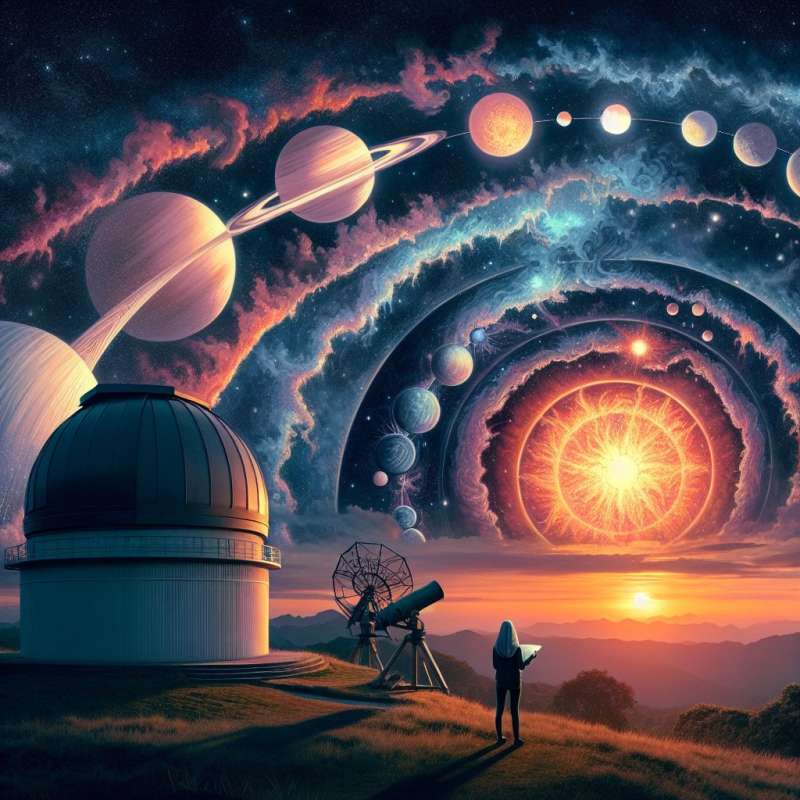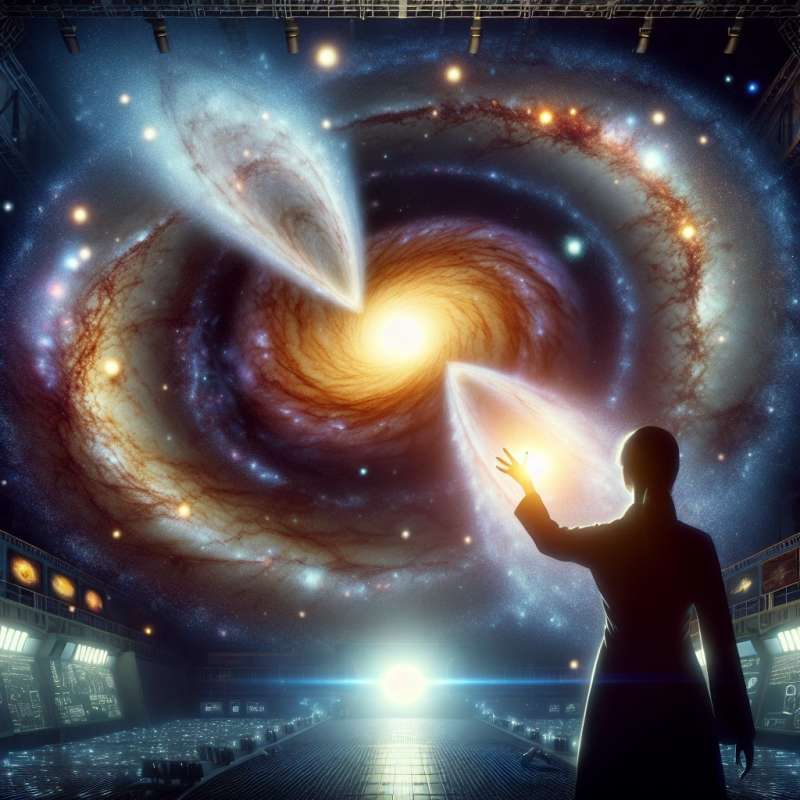
Galaxies: Ancient Cosmic Structures
Galaxies, gravitationally bound systems of stars and stellar remnants, have evolved for over 13 billion years. Their morphologies range from spiral to elliptical, shaped by complex processes like collisions, mergers, and star formation.
Star Formation in Nebulae
Stars are born in nebulae, colossal clouds of gas and dust. The iconic Pillars of Creation within the Eagle Nebula are a stellar nursery, where new stars ignite from collapsing material, influenced by surrounding massive stars.
Galactic Mergers Reshape Universes
Galactic collisions can trigger starbursts, dramatically increasing star formation rates. The Antennae Galaxies' encounter is a prime example, showcasing long tidal tails and rapid star formation, hinting at the galaxies' eventual merge into a single galaxy.
Stellar Evolution's Critical Phases
Stars evolve from protostars to main sequence stars, eventually becoming red giants or supergiants. This culminates in supernovae or white dwarfs for smaller stars, and neutron stars or black holes for the massive ones.
Black Holes: Galactic Architects
Supermassive black holes, lurking in galaxy centers, influence their hosts more than previously thought. They can regulate star formation by ejecting powerful jets and outflows, redistributing and heating interstellar materials.
Dark Matter's Cosmic Role
Dark matter, an invisible substance, constitutes about 85% of the universe's mass. It's crucial in galaxy formation, providing the gravitational scaffolding around which galaxies are built and evolve, yet it eludes direct detection.
Galactic Cannibalism Unveiled
Large galaxies, like the Milky Way, grow by consuming smaller ones. Gaia satellite data revealed stars in our halo originating from a dwarf galaxy, Gaia-Enceladus, devoured by the Milky Way about 10 billion years ago.Speed of Galactic Winds
Galactic winds can blow at millions of kilometers per hour, powerful enough to strip galaxies of their star-forming gas, affecting their evolution drastically.
What shapes galaxy morphology?
Gravity and light solely
Collisions, mergers, star formation
Black hole activity only
Company